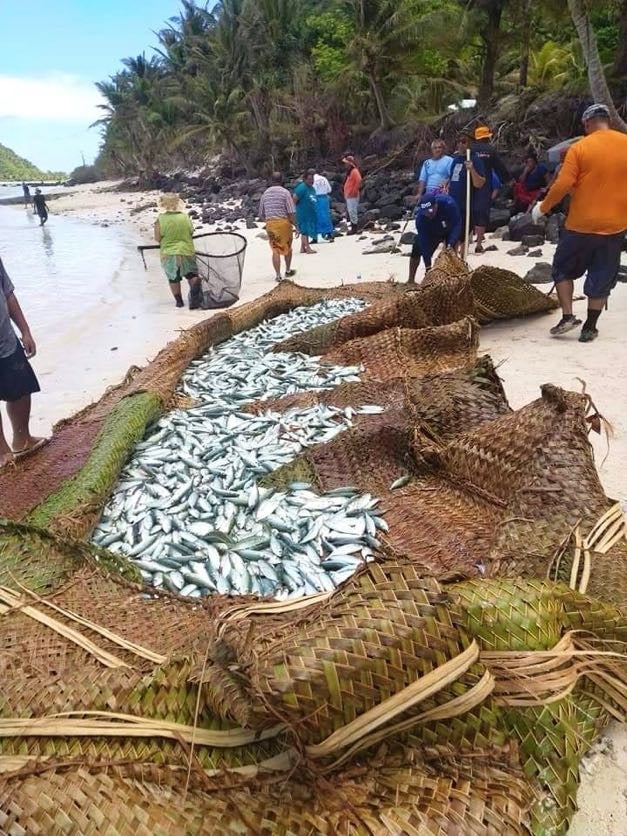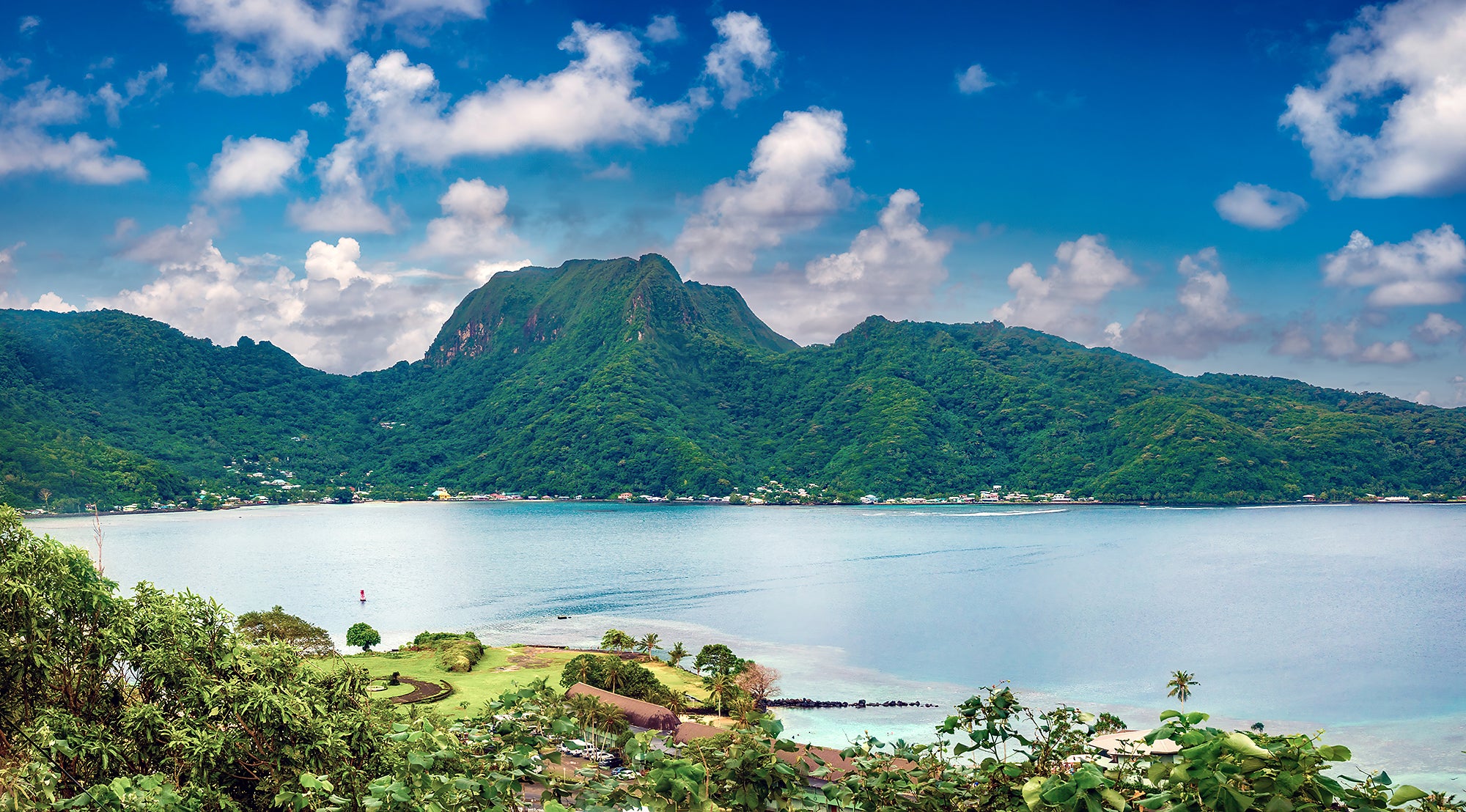How Deep Sea Mining Endangers American Samoa
The ocean is inseparably intertwined with American Samoa culture and identity. Now deep sea mining threatens it all.
For the people of American Samoa, the ocean is inseparably intertwined with their history, culture, and identity.
The Samoan people trace their lineage back more than 3,000 years on their islands in the South Pacific U.S. territory. Fa’asamoa, or the Samoan way, has guided their customs and values through a framework rooted in community and respect for people and environment.
Today, the sacred connection between the Samoan people and their waters faces a serious threat from deep sea mining: a new and untested technology that proposes to extract minerals from some of the deepest parts of the ocean. Scientists believe biodiversity loss and habitat destruction will be unpreventable and irreversible if mining using the proposed methods advances at scale.
When President Trump issued an executive order in April 2025 to expedite a process that could bring deep sea mining to the waters surrounding American Samoa, residents wasted no time in organizing their response.
Fa’asao Amerika Samoa (FAS) is a community organization whose members include local fishers, chiefs, religious leaders, residents, and members of the Samoan diaspora. FAS is working with Earthjustice to push back on the Trump administration’s plan, which would be catastrophic for the natural ocean environment and could devastate fishing and tourism.
What is felt in the ocean is felt on land
In comments submitted to the Department of the Interior, FAS explained the cultural and economic importance to American Samoans of protecting the oceans:
The Samoan proverb “A logo tai ua logo uta” teaches that what is felt in the ocean is also felt on land. Our lives, culture, and sustenance are tied to the health of the sea — when the ocean suffers, the land and its people inevitably share that pain.
Samoan legends testify to the long relationship between the ocean and the Samoan people. The myths of Samoa refer to the Laumei ma le Malie or the turtle and the shark: a woman and her daughter who escaped famine by leaping into the ocean, where they were transformed into a turtle and a shark.
By working with FAS to protect our oceans, the Samoan concept of tautua i le gataifale — service to and with the ocean — is put to practice so that the people of American Samoa can preserve not only their oceans, but their traditional fishing practices, such as akule fishing.
This communal practice supplements their diets and incomes with creatures caught from the abundant seas while also preserving cultural identity and history.

Community members with a catch of fish on the island of Olosega, part of American Samoa. (Manu’a tele Community Worldwide)
We don’t need deep sea mining to meet our energy needs
The deep sea holds large quantities of mineral deposits, and some of them are found in polymetallic nodules on the seafloor. These potato-sized lumps contain manganese, cobalt, nickel, and other elements that go into the construction of electronics, batteries, weapons, and other technologies.
The existence of these deposits, and the potential value of their metals, makes the highly speculative industry of deep sea mining attractive to some governments and the profit-driven multinational companies with interests in the mineral supply chain.
The likely known costs and environmental risks of this industry’s mining experiments are extremely high, and there are also substantial unknown costs and risks.
This is what we know deep sea mining will cause: decimation of unknown and unspecified species; disturbance of the seabed floor; sustained sediment and heavy metal pollution in the water column; contamination of fish, whales, sharks, and other species with toxic metals; and destruction of coral reefs through acidification. All of these impacts would harm American Samoans.
Despite industry claims, reports and experts continue to highlight that deep sea minerals are not necessary for the clean energy transition. Instead, we can continue to prioritize:
- Innovation in battery technologies that do not require critical minerals and instead use easier-to-source and more environmentally friendly elements;
- Circular economy practices like increased recovery, recycling, repurposing, refurbishing, repairing, and reuse; and
- The continued extraction of metals from existing and established sources under greatly improved environmental and social governance rules.
There is currently no commercial deep sea mining happening anywhere in the world. We must fight with our partners at Fa’asao Amerika Samoa to keep it that way.
Established in 1988, Earthjustice's Mid-Pacific Office, located in Honolulu, Hawaiʻi, works on a broad range of environmental and community health issues, including to ensure water is a public trust and to achieve a cleaner energy future.
